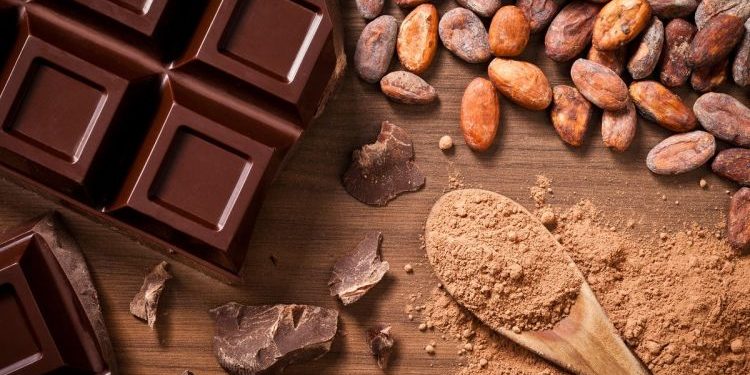The universal appeal of chocolate has turned what was a luxury, into what is now an industrial commodity. Which will cause, as usual, processors to apply severe pressure on the growers to gain market share. This pressure has resulted in a heavy environmental (and human) cost that many people are not aware of.
Originally growing in the shades of tropical forests, chocolate now comes from vast cocoa plantations that are fully exposed to the sun. Cocoa grown in these monoculture environments creates problems with pests and disease, and so requires large amounts of pesticides, herbicides, and chemical fertilizers.
Runoff from these open-fields causes ground water pollution, and reduces soil fertility, while negatively impacting the worker’s health.
Often, the laborers are young children working in terrible conditions. Typically, these children are located in West Africa, where a large part of the world’s cocoa originates.
It is not surprising that most of the people who harvest the cocoa have never tasted the finished product, made from the beans they produce. Many who grow and harvest cocoa receive little, if any, wages, and live in substandard conditions.
In the Ivory Coast, which is located in West Africa, there is a persistent problem with child labor and child slavery. A quick online search will return ample evidence of the unfortunate practices. The following link is a gloomy example http://www.laborrights.org/stop-child-labor/cocoa-campaign
However, it does not have to be that way. Like fine wines, premium cocoa beans are the result of terroir (the ambient growing area and conditions) and, their qualities are gaining a reputation of being a “single origin appellation.”
In addition, some are certified for being organic and/or are certified for complying with strict environmental, and social guidelines, by international certifying agencies. These agencies include, The Rainforest Alliance and The Fair Trade Federation.
When the cocoa is considered single-origin, that indicates that the beans originated from a single area, whose characteristics impart a specific taste to the chocolate. Some of these chocolates complement dairy, while others are more suited for milk chocolate, and some others will have a more toasted flavor, etc.
Chocolatiers mix those chocolates to achieve their own signature items, just like a painter uses colors, or a wine maker blends wines from different parcels.
As I was sourcing ingredients and researching the cocoa industry, I knew that to make a good product for the consumers, it had to be sustainable for the environment. I knew my product also had to be good and ethical, for those who produced it. If I could preserve those qualities, my cakes would be delicious and do justice to all involved.
After many tests, I settled on the single-origin, Rainforest Alliance certified, Rio Arriba chocolate from Ecuador.
By helping the Ecuadorian people produce cocoa in the rainforest, I’m helping them to preserve the environment, make an honest living and provide us with a wonderful product to enjoy, and feel good about.
By giving your friends, and family, a rich flourless and gluten-free GateauOchocolat chocolate cake, you are offering them a gift wrapped in an ethical packaging, which is as important as its look or taste.
Whether it is for your next dinner party, or for a gluten-sensitive friend, GateauOchocolat will delight those eating it.
Our cakes can be shipped anywhere in the country in two days or less. Treat yourself or a friend today.





